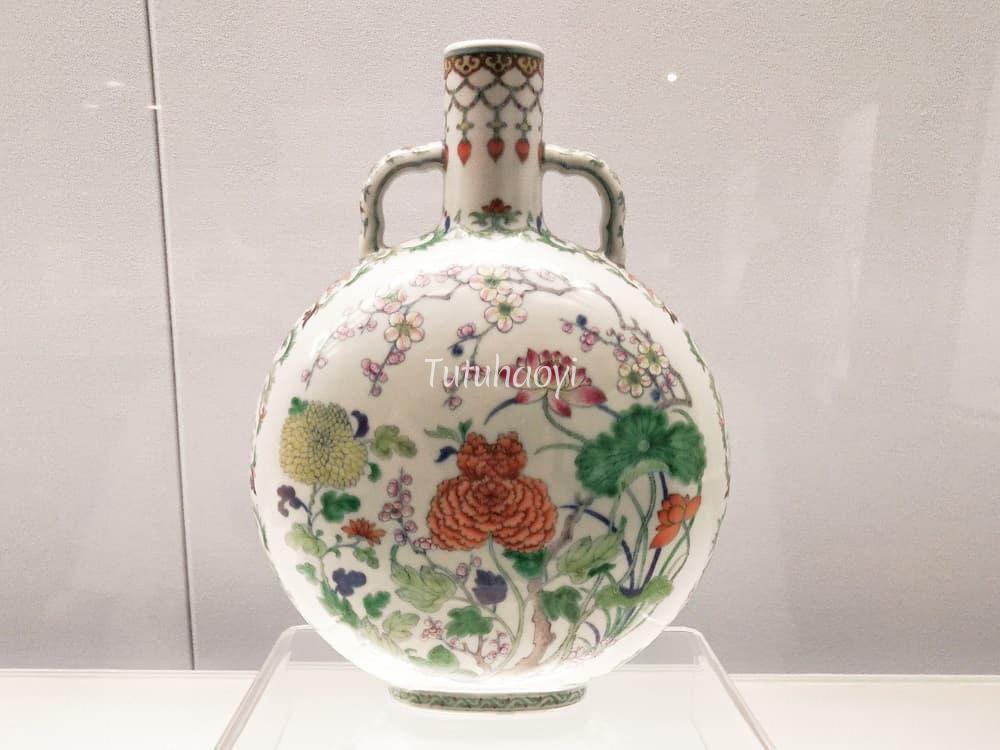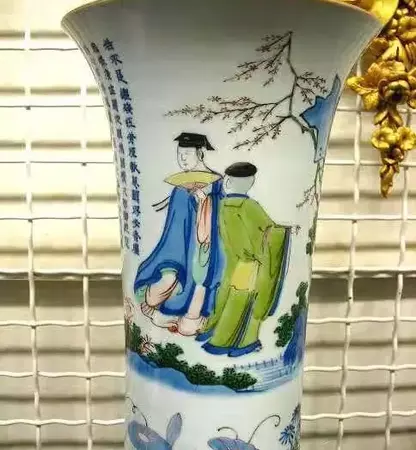It is widely thought that the two-horned peony is a characteristic and unique feature only existed in Kangxi period. But Dr Yibin Ni has presented here with a number of examples of such peony patterns from other reigns on Chinese antiques.
image above: doucai porcelain moonflask, Yongzheng period (1723–35), Qing dynasty, courtesy of Shanghai Museum, China
Common sources such as Baidu (百度百科) refer to the motif of a peony flower head with two distinctive ‘horns’ (双犄牡丹) as a characteristic feature unique to Chinese porcelain of the Kangxi period (1662–1722). As a matter of fact, the tradition can be traced back as early as a fan painting by the legendary Ming romantic artist Tang Yin (唐寅, 1470–1524).
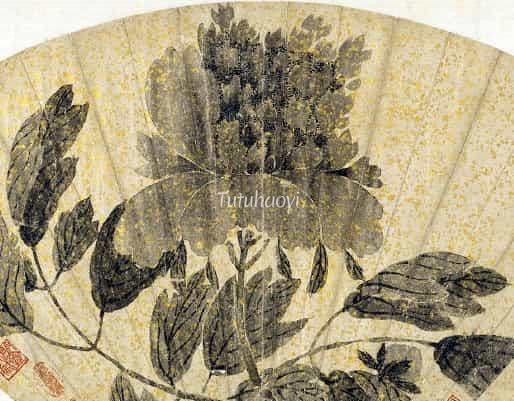
Subsequently, the attractive ‘two-horned’ peony was appropriated on a rolwagen dated 1634.
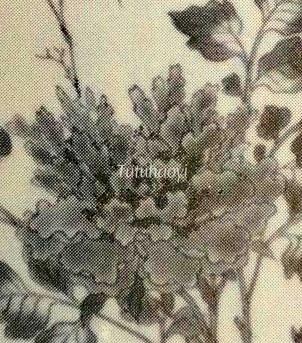
We find another specimen of the motif created in the Ming dynasty, dated 1643, thanks to the salvage operation of the Hatcher Cargo.
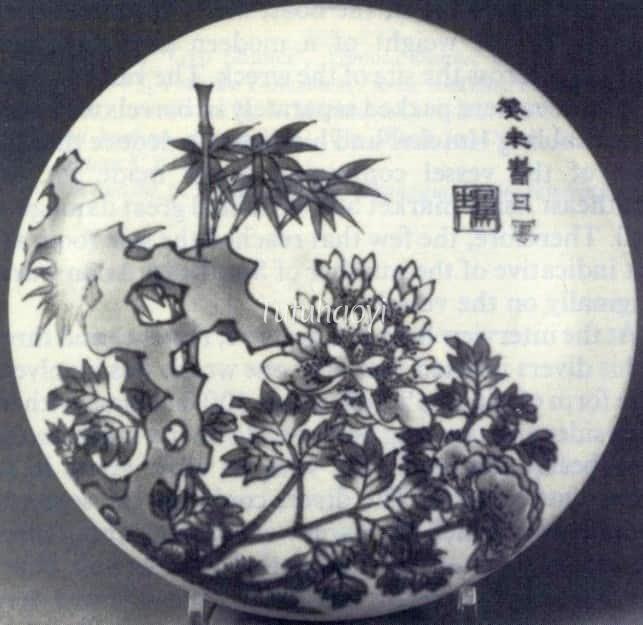
Then, in addition to the known examples of the Shunzhi (顺治, 1644–61) and Kangxi (康熙, 1662–1722) reigns, the Yongzheng (雍正, 1723–35) period still saw the ‘two-horned’ peony blossoming, as is vindicated by a famille rose bowl painted in the ‘boneless’ style (see below).
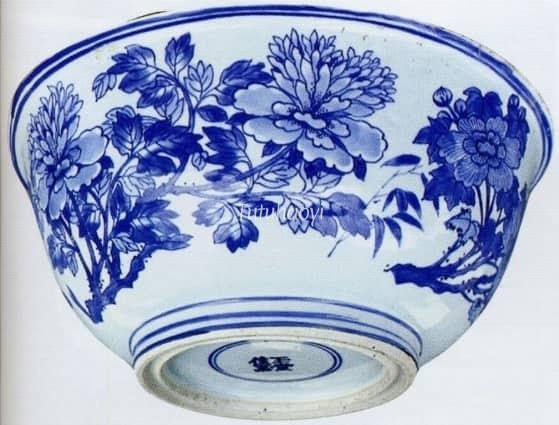


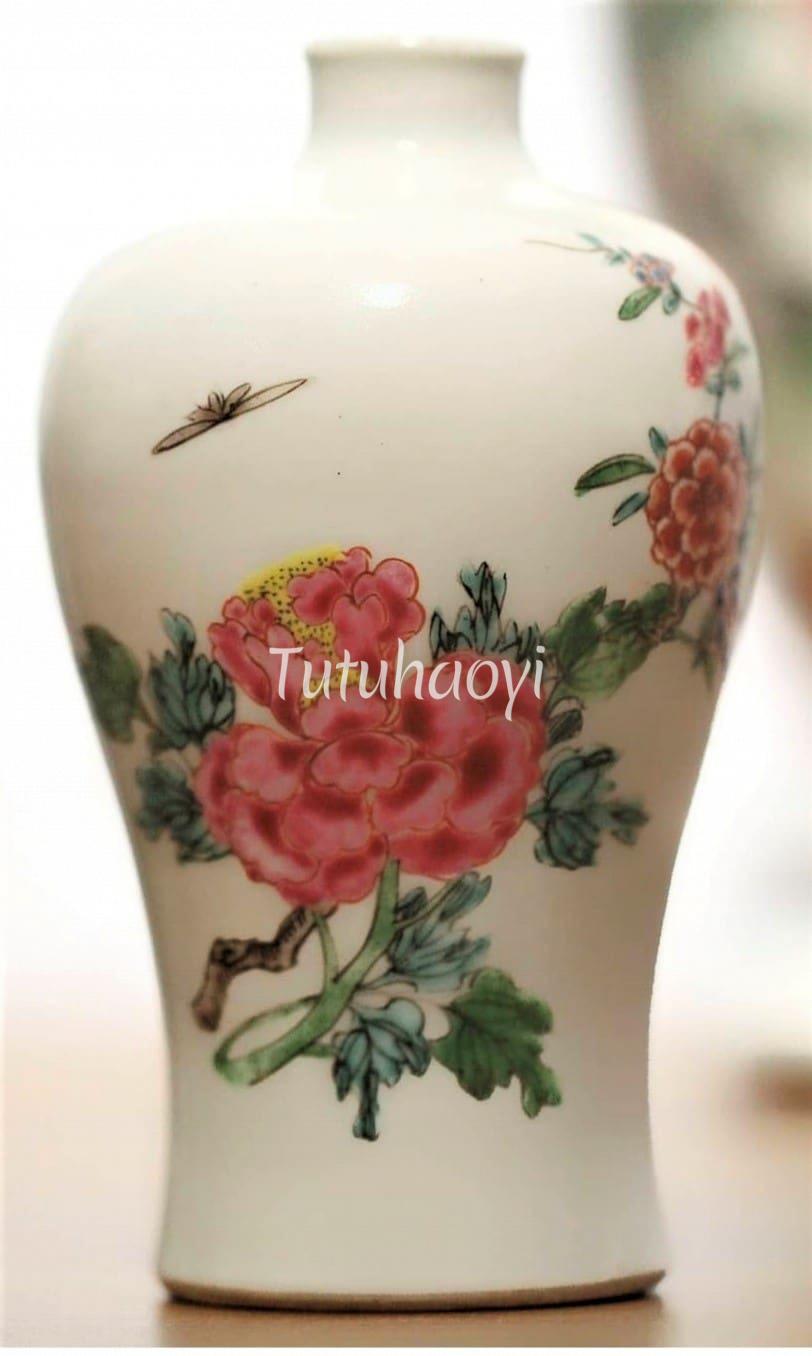
Research work by Dr Yibin Ni. See interview with Dr Ni here.
